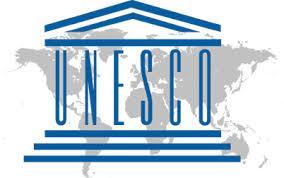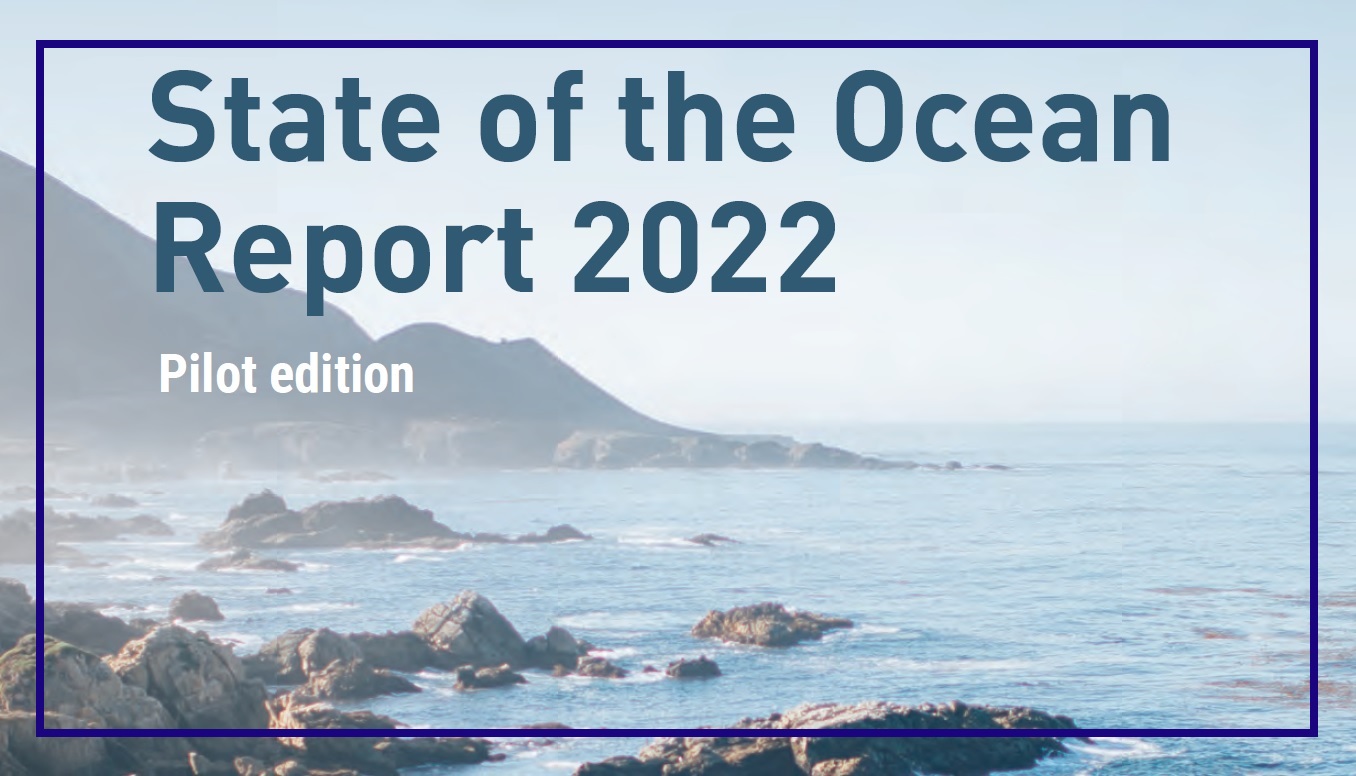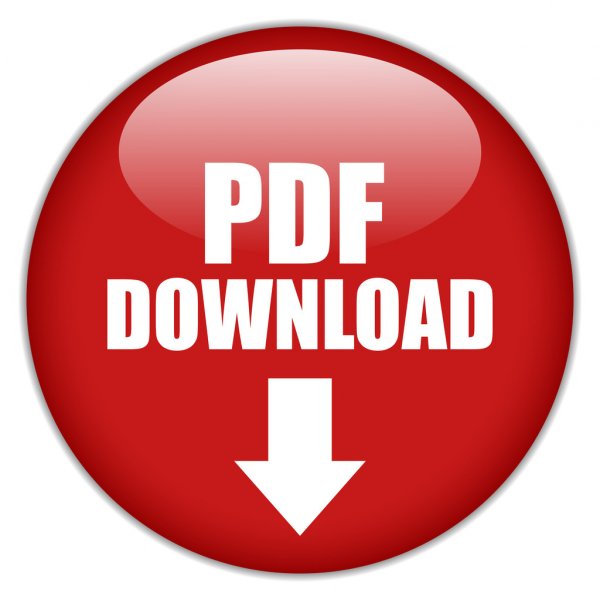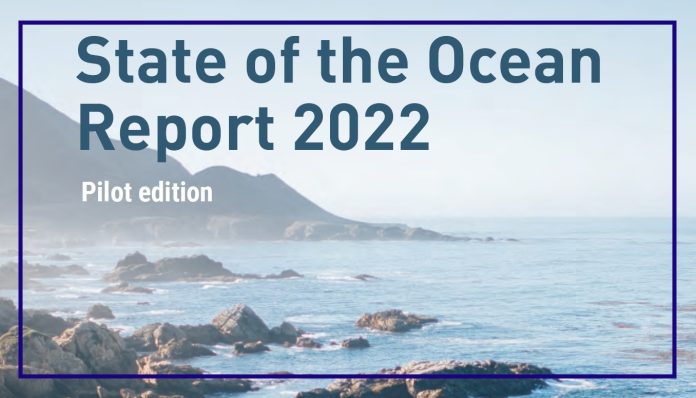
(www.MaritimeCyprus.com) Scientific knowledge illuminates the way to reversing the decline in ocean health, conserving marine life, addressing ocean aspects of climate change and using the ocean sustainably to improve people’s lives. Related international environmental conventions are informed by major multi-year assessments, such as the UN World Ocean Assessment, IPCC and IPBES reports. However, international policies must also to be turned into actions – globally, regionally, nationally and locally. Best practices in ocean management should be increased and shared in a timely manner, and at all scales. In order to build on the momentum of these essential activities, it is crucial to keep the general public, stakeholders and governments fully informed of the quickly evolving situation in the ocean, and what is being done.
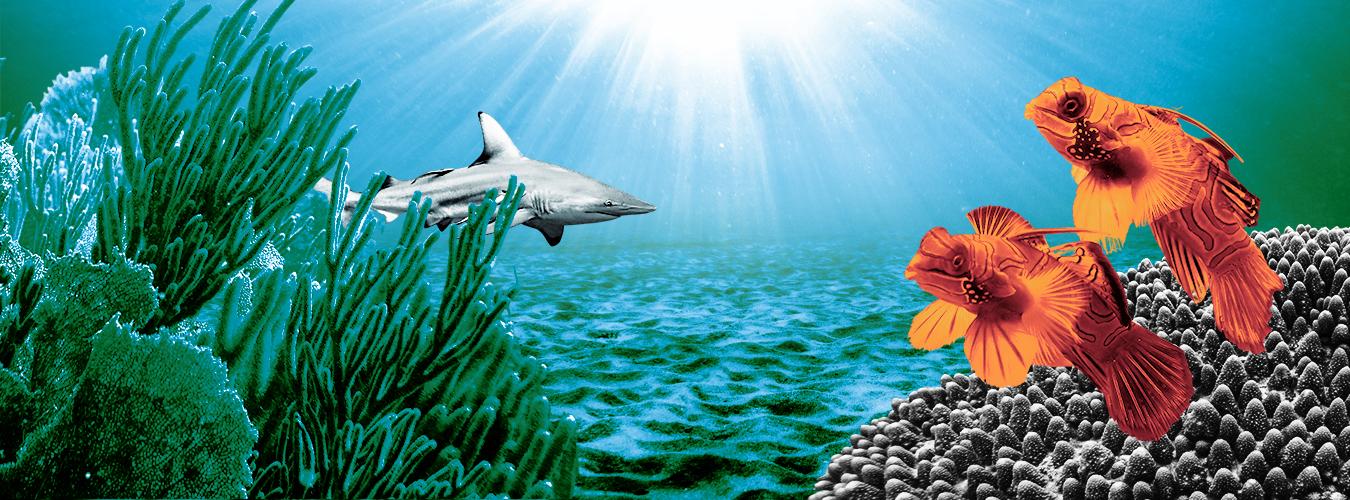
This pilot edition of the State of the Ocean Report (StOR) was proposed and developed to demonstrate the feasibility of keeping the world up to date on the current state of the ocean. Building on examples from IOC-led or joint initiatives, the report is structured around the initial Challenges of the UN Decade of Ocean Science for Sustainable Development, 2021–2030.
The StOR reveals a lack of reliable benchmarks in many aspects of ocean knowledge. Most sections in the report tend to be descriptive and qualitative, consistent with the recent seminal Intergovernmental Science-Policy Platform on Biodiversity and Ecosystem Services
(IPBES) Assessment (IPBES, 2019) that stated: ‘human actions threaten more species with global extinction now than ever before’. The IPBES further elaborates:
‘marine ecosystems, from coastal to deep sea, now show the influence of human actions, with coastal marine ecosystems showing both large historical losses of extent and condition as well as rapid ongoing declines (established but incomplete)’. Indeed, a key conclusion from the pilot StOR is that ocean knowledge is generally able to identify (‘establish’) issues but falls short of these being comprehensive and, hence, actionable (‘incomplete’) – ‘one cannot manage what one cannot measure’.
There is, therefore, an urgent need for a quantitative description of the state of the ocean, with established benchmarks and the capacity to report changes. The overall aim remains – to produce (probably annually) a brief, accessible, one-stop overview of the current state of the ocean, and to mobilize global society to act towards ‘the ocean we need for the future we want ’as a contribution to sustainable development, and in particular to Sustainable Development Goal (SDG) 14. To achieve this, the StOR must be more encompassing. So,
for subsequent editions, the IOC will invite contributions from UN agencies and professional organizations, turning the StOR into a pan-UN publication.
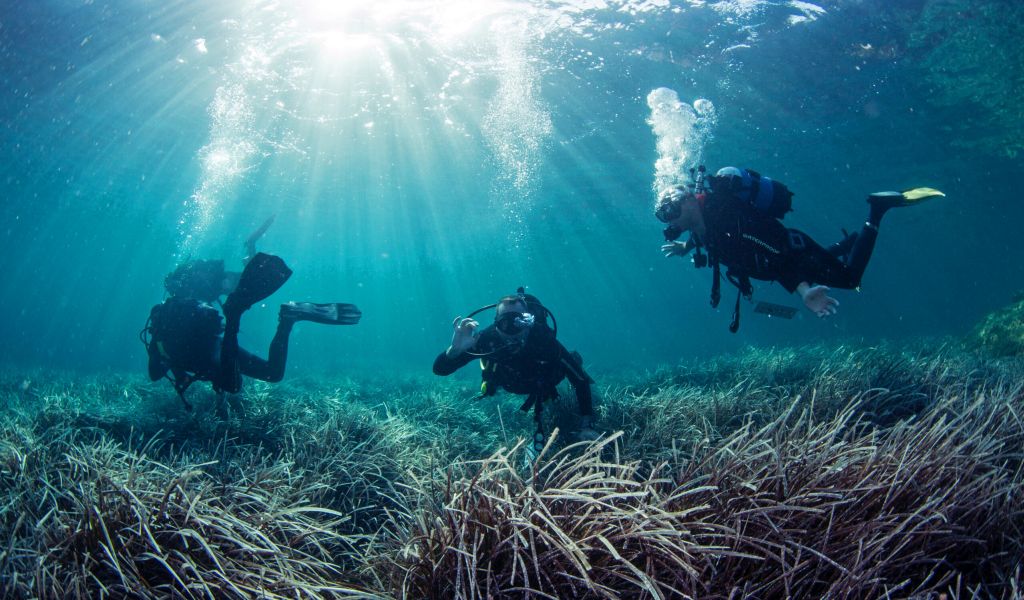
A summary of the key findings of the pilot StOR and recommendations for future actions is outlined below.
Challenge 1: Understand and beat marine pollution
There is indisputable evidence of the continued, widespread and unabated increase of land pollution in the ocean. Nitrogen, phosphorus and plastics pollution are reviewed in the StOR. They have become ubiquitous, and their impact on marine life in all its forms, with
consequences for human health, is discernible. Studies of various types of ocean pollution present a complex picture of the interaction between natural and anthropogenic sources.
Despite the global significance of ocean pollution, observations remain limited, geographically and thematically, being mainly concentrated at the ocean surface and in coastal areas. While a realistic 2-D representation of pollution is becoming a possibility, a 3-D view is still beyond reach. Very little is known about other types of pollution except those reviewed in StOR, e.g. medicaments.
In order to be able to support actions against ocean pollution and enable the meaningful use of existing and emerging legally binding instruments on ocean conservation, a more resourced and systematic approach to observations and synthesis of ocean pollution is
urgently required.
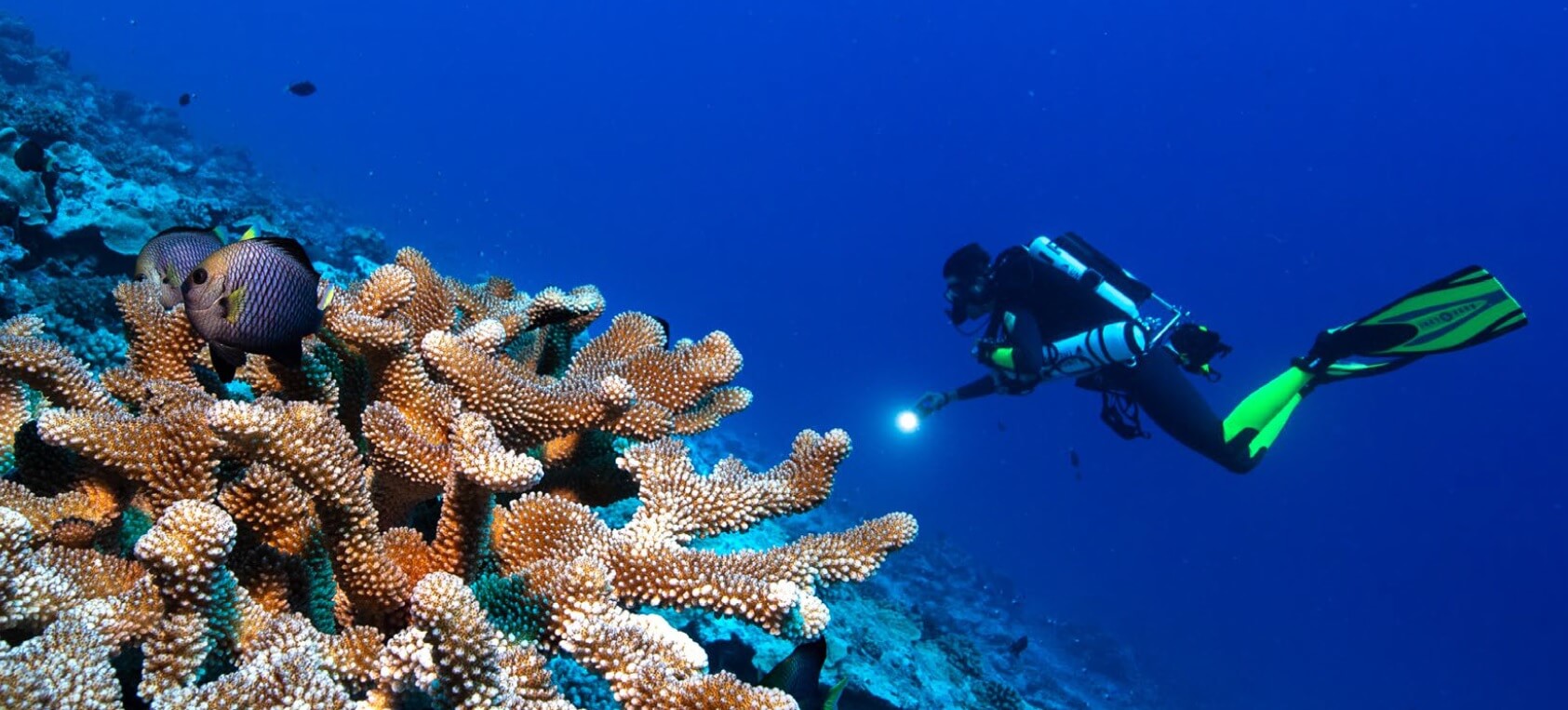
Challenge 2: Protect and restore ecosystems and biodiversity
The analysis of marine ecosystems and biodiversity focused on ocean acidification, deoxygenation, evolution of phytoplankton, and progress in quantitative knowledge
of marine life. Like marine pollution, current observation systems and data holdings show a complex pattern of variability and change, which modern science can only present in a limited fashion.
This complexity which derives from various types of stressors – including acidification, deoxygenation, warming, more stable water stratification and circulation changes, fishing, habitat destruction, invasive alien species and underwater noise, – acting both individually
and as interacting multiple stressors, is shaping the current evolution of marine biodiversity.
IOC-affiliated networks have successfully increased capacity in monitoring and reporting to the United Nations on the state of ocean ecosystems at indicator level. For ocean acidification, an internationally established methodology and standards for SDG indicator 14.3.1 are available, and 308 stations in 35 countries report the pH of ocean water.
However, countries still do not regularly produce the data. An overall picture of evolving marine life is emerging from observations, especially through the use of new eDNA techniques, modelling and data syntheses. To date, approximately 240,000 marine species have been recognized, with roughly 2,000 new species being described every year in all ocean basins. Trends of oxygen depletion, distinct acidification of the open ocean, complex
changes in the food web and migration of species to colder waters are ‘established’ facts.
However, the adjective ‘incomplete’ (IPBES, 2019) best describes the current state of knowledge of ocean ecosystems. The need for ocean ecosystem conservation and restoration is clearly a very high priority, but to make it effective, systematic observations and research need to be strengthened and resourced. In that sense, the UN Decade of Ocean Science is a prerequisite for achieving the marine goals of the UN Decade on Ecosystem Restoration.
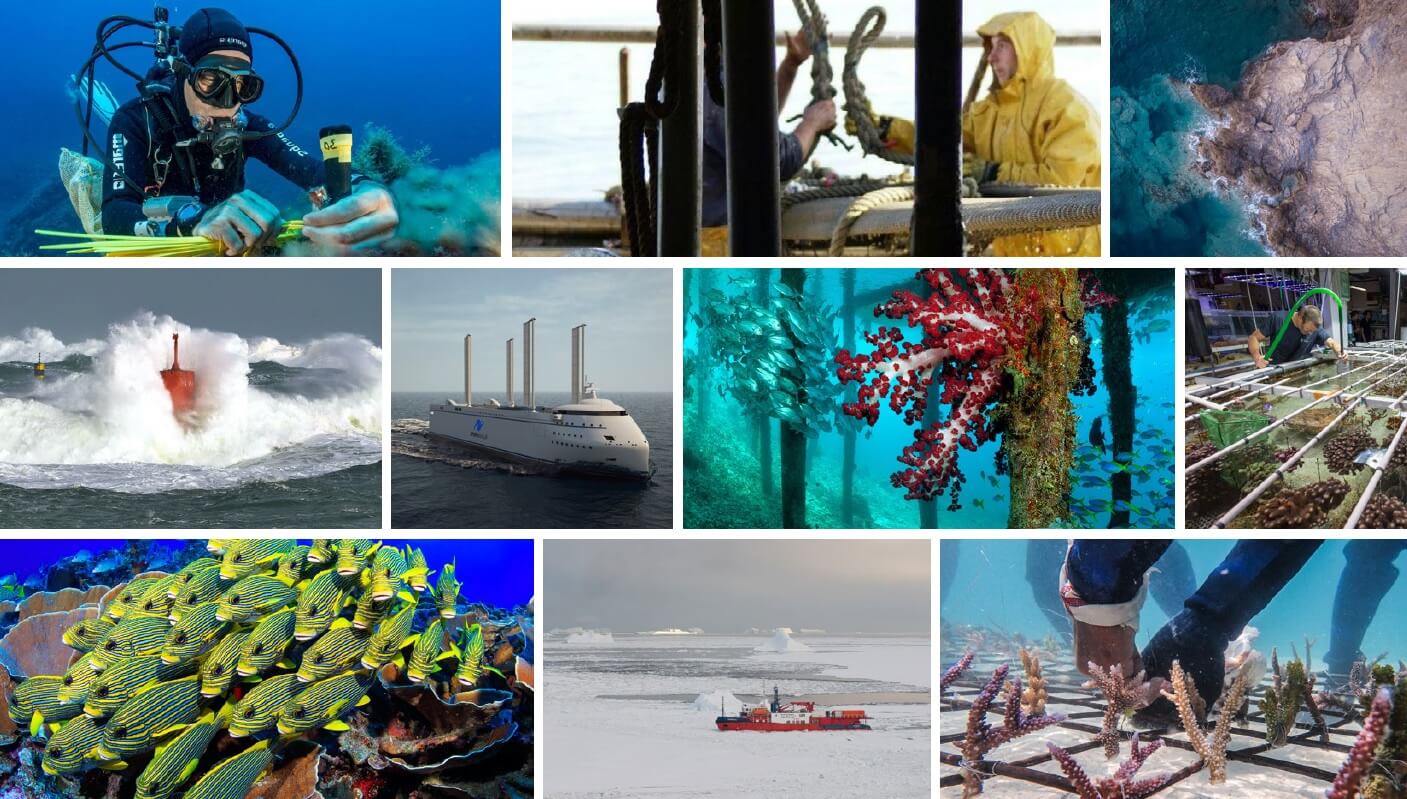
Challenge 4: Develop a sustainable and equitable ocean economy
Systematic research in support of a sustainable ocean economy is in its early stages. Not much is known in terms of channels for return on investment, main beneficiaries, related legislation, and market interests and mechanisms. The StOR reviewed two representative issues for ocean economy: the current development of marine (maritime) spatial planning (MSP) and current understanding of the economic value of ocean observations.
Key IOC-led meetings on MSP were held in 2006 and 2017. The earlier event launched the global process of MSP design, creating elements and guides for implementation, while the 2017 conference capitalized on the knowledge and experience acquired and began to develop MSP on a previously unseen scale, primarily through the MSPGlobal Project and the related Joint (IOC-European Commission) Roadmap to Accelerate MSP Processes. To date,
approximately 300 initiatives in 102 countries/territories, including government-led processes and pilot exercises, have started and are in different stages of development.
The time has now come to look again at the experience gained and lessons learned. One of these lessons is simple: ‘one size does not fit all’. Despite the success of MSP, a need has emerged to adapt approaches to MSP globally. The new typology of MSP, based on ten criteria, was tested in association with StOR through a review of eight MSP processes in seven countries. MSP will be a key accelerator of the sustainable ocean economy.
Identifying the symbiosis between the ocean economy and science requires a better understanding of scale, and areas of return on investment in marine science and its practical applications. The pilot StOR includes a brief review of current levels of understanding in the economics of ocean observation. In the same way as ocean ecosystems, the fact that a better observed, understood and managed ocean provides longer-term and financial benefits can be considered ‘established’, but knowledge in this area is incomplete and fragmented – even the methodological approach is not yet in place.
In the short term, progress can be made in this area through i) insights into ocean economy accounting; and ii) designing new approaches and capacity development for
sustainable ocean planning and management, both at the national level and for the high seas.
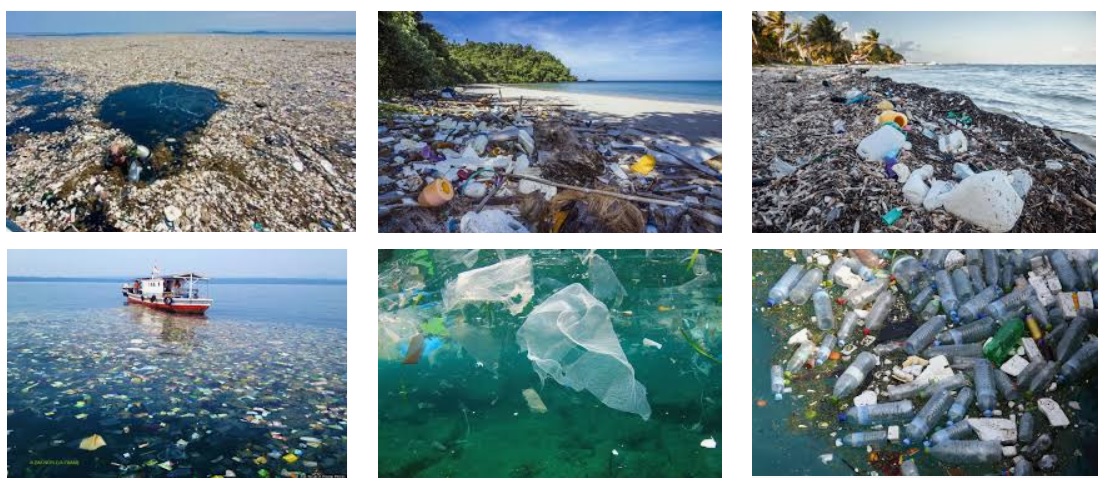
Challenge 5: Unlock ocean-based solutions to climate change
The pilot StOR considers one significant area of climate change solutions – the coastal blue carbon ecosystems. Forty million hectares of these ecosystems are found along the coastline of continents, housing mangroves, salt marshes and seagrasses. These hotspots for carbon storage have sequestration rates per hectare that are up to ten times larger than those of terrestrial ecosystems.
It is clear that internationally coordinated research has been able to achieve a more precise quantification of location, area, state and potential of carbon sequestration, segregated for these three types of ecosystems. Improved protection and management of coastal blue carbon ecosystems can reduce current total carbon emissions by up to 2%. However, due to urban and industrial coastal development, pollution and pressures from agriculture and aquaculture, 20–50% of global blue carbon ecosystems have already been lost or degraded. While it is possible to note a reduction in the loss of mangroves, currently at 0.11–0.13% annually, new findings have identified unacceptably high rates of loss of salt marshes, at 1–2% annually, and an even more dramatic loss of seagrasses, at 2–7 % annually, due to pollution of coastal waters and destructive fishing practices.
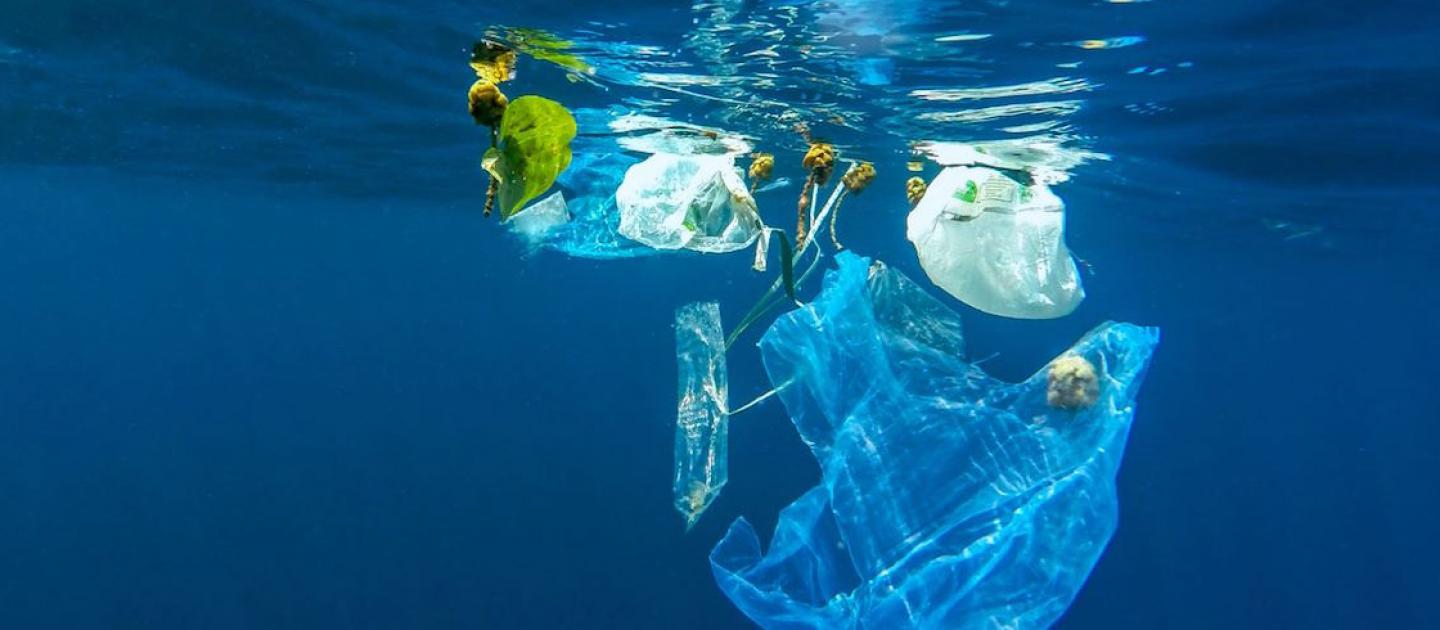
Challenge 6: Increase community resilience to ocean hazards
Concise analyses of sea level rise, warning systems for storm surges and tsunamis, and harmful algal blooms (HABs) corroborate conclusions from the previous StOR sections related to pollution, ecosystem health and climate change. They clearly show that coastal resilience is under threat, and coastal populations are becoming increasingly vulnerable due to a combination of environmental factors and patterns of development, including migration to the coastal zone, growth of cities and aggressive human interaction with the ocean.
It is possible to report evidence of a recent acceleration in sea-level rise, both by in situ networks (IOC GLOSS) and satellite altimetry. The 1901–1990 pace of global mean sea level rise was of the order of 1.3 mm/year, with subsequent acceleration to 3.3 mm/year from 1993–2002 and 4.7 mm/year from 2013–2021. The superposition of various ‘fingerprints’ from larger and smaller scale processes, along with the additional impact of local natural and anthropogenic changes, creates a highly complex pattern of regional and local sea-level rise.
The IOC tsunami warning and mitigation system is growing and now comprises 12 tsunami service providers in 4 regional tsunami warning systems. Such a system will only work if coastal communities react efficiently to warnings. This requires public awareness and preparedness – four tsunami information centres, one in each tsunami region, contribute to this. The ambitious objective of the IOC TsunamiReady Programme – 100% of coastal communities at risk of tsunamis to be recognized as ‘tsunami ready’ by 2030 – is a critical contribution to the resilience of coastal communities globally. Currently, 30 communities have been recognized as tsunami-ready.
Significant advances have been made in understanding and quantifying the variability and predictive capacities of HABs. Statistical analyses of 9,503 HAB events in the period 1985–2018 and 5 million microalgal records (as a proxy for observational efforts) reveal a lack of any uniform global trend in the number of HABs. The focus should therefore be on the regional scale, where a statistical relationship was found between the trends of harmful
algal events and aquaculture production.
The above conclusions are of direct relevance to coastal ocean (zone) management. A central feature of these management systems should be a coastal observing and prediction system, addressing a broad range of hazards related to storms, tsunamis, and pollution accidents such as oil spills, harmful algal blooms, etc. Elements of such systems exist locally and regionally but these need to be replicated for other coasts that are currently not
covered. Given that even a small longer-term background sea-level rise significantly increases the risk of extreme shorter-term events, such as storm surges and tsunamis,
upgrading coastal defence infrastructures must be seen as a priority. With time, the combined risks of coastal hazards will only increase, and a comprehensive risk assessment and management system that can also address real-time events will become a key factor in
the sustainability – and even the survival – of coastal communities.
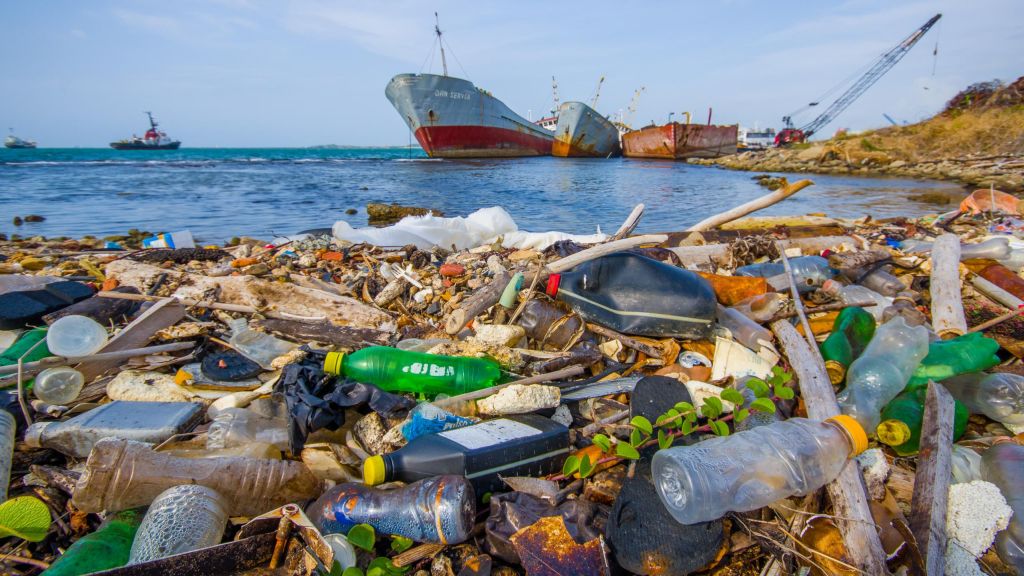
Challenge 7 and 8: Expand the Global Ocean Observing System and create a digital representation of the ocean
The pilot StOR reviewed the state of in situ ocean observations under the Global Ocean Observing System (GOOS), progress in using the FAIR principles (Findability, Accessibility, Interoperability and Reusability) of observing data management, status of ocean data sharing under the International Ocean Data and Information Exchange Programme (IODE), and progress in seabed mapping.
The current ocean observing system embraces around 10,000 ocean observing platforms, with some 84 countries contributing to the system. The Physical Essential Ocean Variables are the most developed. Biogeochemical observations are expanding, and we have recently seen the arrival of 12 Biological-Ecological ocean observing networks. The observing system provides essential data and products to weather, climate and ocean forecasters,
maritime commerce, fisheries and coastal communities.
However, there are major gaps in coverage and the system is not currently able to provide data where it is most needed, namely in areas with high biodiversity and intense human pressures. Data, particularly on ocean biology, remain precious and in very limited supply. This correlates well with the conclusions on progress towards Challenges 1 and 2: we can establish certain facts based on the current observing system but quantitative knowledge is incomplete. The system is very much based on research (i.e. unsustainable) funding, on top of which the Covid-19 pandemic will leave an irreparable scar in ocean climatic data records. Therefore the use of FAIR principles needs to be promoted and publication of data
in the Ocean Biodiversity Information System (OBIS) must be facilitated at all levels.
Challenge 9: Skills, knowledge and technology for all
All of the above conclusions and statements on various Decade Challenges indicate an urgent need to increase the capacity of ocean science to successfully contribute to sustainable development. For this to happen, it is absolutely crucial to be able to measure such capacity – a functionality initiated by the Global Ocean Science Report and its associated portal. For example, we know that the number of ocean science researchers varies across countries, from less than 1 to more than 300 employees per million inhabitants; and that women account for some 7% to 72% of all ocean science personnel with a global average of 37%, exceeding the overall percentage of female researchers and technical support staff for all sciences, which stands at 33%. The SDG 14.a.1 indicator – the percentage of globally averaged national research budget allocated for ocean science – currently stands at 1.7%. This low value lies behind the difficulties in ascertaining the state of the ocean, as noted in numerous sections of the pilot StOR.
Challenge 10: Change humanity's relationship with the ocean
All the issues noted above are the direct consequence of too little ‘understanding of our influence on the ocean and its influence on us’, which is one of the Ocean Literacy definitions. Major qualitative advances have recently been made in this area, with the increased availability of toolkits, a readiness to embrace ocean teaching as part of sustainable development in schools, trainings, surveys, strategies, networks, etc.
UN Decade of Ocean Science for Sustainable Development, 2021–2030
At the time of completing the pilot StOR, the Ocean Decade can be described in numbers as a global movement comprising 43 global programmes, nearly 157 projects, 15 UN-led actions, dozens of unique contributions, nearly 300 workshops, training courses, publications and other events, 7 regional taskforces and 28 National Decade Committees.
You can download below, the full "State of the Ocean Report 2022" from UNESCO:
Source: UNESCO
